* The population in the Nile basin — currently around 200 million people — is expected to increase by between 61 to 82 percent by 2030.
* Environmental degradation, drought, weak institutions, low financial capacity, inadequate infrastructure and social instability conspire to perpetuate poverty in the region….Some of the eleven countries that share the Nile — Burundi, DR Congo, Egypt, Eritrea, Ethiopia, Kenya Rwanda, South Sudan, Sudan, Tanzania and Uganda — are among the poorest in the world.
*…high demographic growth rates and accelerating pressures on land and water resources "narrow the window of opportunity for reversing the negative trends in the region," according to FAO’s study.
* Agriculture already uses more than 80 percent of renewable water resources in the Nile basin…..and the potential for increasing water supply, say by draining wetlands or reducing evaporation in resources, is extremely limited.
* "Nile water allocation has therefore become a near zero-sum game…..So it becomes very, very important that water authorities have detailed information for good water accounting, and planning tools that let them weigh the costs and benefits of their policies and their resource management choices."
Rapid population growth and natural resource degradation in the Nile River Basin pose the risk of intensified hunger and poverty in the region and require better, more forward-looking development planning to prevent that from happening, FAO said today.
The warning came as the UN agency presented governments in the region with the results of a decade-long project financed by the government of Italy that aims to put critical information and planning tools into the hands of development authorities and natural resource mangers so they can start turning the situation around.
FAO’s "Information Products for Nile Basin Water Resource Management" project has established modern hydrological monitoring and reporting systems across the Nile Basin, helped government authorities harmonize data-gathering, and produced a series of comprehensive surveys of water use and agricultural production.
"Up until now, there has been very little systemic study of how the Nile’s waters are used — or could be used — to grow food, and key pieces of information that would allow for what we call ‘sound water accounting’ have been missing," said Pasquale Steduto, head of FAO’s Water Development and Management Unit.
"The data this project has acquired and the information products it has produced will fill these gaps and let the governments of the region make the most of the Nile’s resources," he said.
Narrowing window of opportunity
The population in the Nile basin — currently around 200 million people — is expected to increase by between 61 to 82 percent by 2030, according to an FAO report on the project presented at a meeting of governments in Kigali today.
At the same time, "environmental degradation, drought, weak institutions, low financial capacity, inadequate infrastructure and social instability conspire to perpetuate poverty in the region," it notes. Some of the eleven countries that share the Nile — Burundi, DR Congo, Egypt, Eritrea, Ethiopia, Kenya Rwanda, South Sudan, Sudan, Tanzania and Uganda — are among the poorest in the world.
And although the waters of the Nile have great potential as a lever of social and economic development, high demographic growth rates and accelerating pressures on land and water resources "narrow the window of opportunity for reversing the negative trends in the region," according to FAO’s study.
Reducing the pressures on the Nile will require increasing the efficiency and productivity of water use along the entire food production chain, from farm to fork, building farming systems that are more resilient to climate change and enhancing trade in agricultural commodities among the countries that share the basin, said Steduto.
Knowledge and tools
Agriculture already uses more than 80 percent of renewable water resources in the Nile basin, FAO’s work shows, and the potential for increasing water supply, say by draining wetlands or reducing evaporation in resources, is extremely limited.
"Nile water allocation has therefore become a near zero-sum game," said Steduto, explaining the rationale behind the FAO-Italy project. "So it becomes very, very important that water authorities have detailed information for good water accounting, and planning tools that let them weigh the costs and benefits of their policies and their resource management choices."
The "Information Products for Nile Basin Water Resource Management" project has consolidated spatial information on water and agriculture in the region; a forecast of the region’s future food requirements; a survey of the types of farming systems practiced along the Nile and; an analysis of possible future scenarios for water management and agriculture development.
Additionally, 18 technical manuals on water measurement techniques and technologies were developed and disseminated. Hundreds of staff in water management and agriculture agencies received training, including in negotiation skills.
A wealth of Geographic Information System (GIS) data on water, land and agriculture was acquired. Better data permitted the creation of the Nile Decision Support Tool (Nile-DST) — software that models the entire Nile system and allows planners to assess the trade-offs and consequences of different possible development scenarios.
At the same time, says Steduto, the project has strengthened a shared vision of natural resource management and sustainable developments among the governments of the Nile. "Only through a joint effort of the riparian countries can a sustainable future be designed and built," he said.
The $5 million Information Products for Nile Basin Water Resource Management project was financed by the government of Italy as the last of three projects it funded in the region for a total investment of $16 million.
***********
This article first appeared on the website of Food and Agricultural Organization of the United Nations (FAO), on Oct. 27 titled ‘FAO-Italy project seeks to head off future problems in the Nile Basin‘.
See the Nile archive or Grand Ethiopian Renaissance dam archive for related posts.
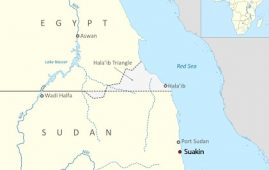
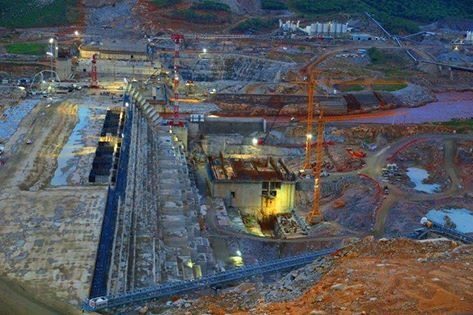
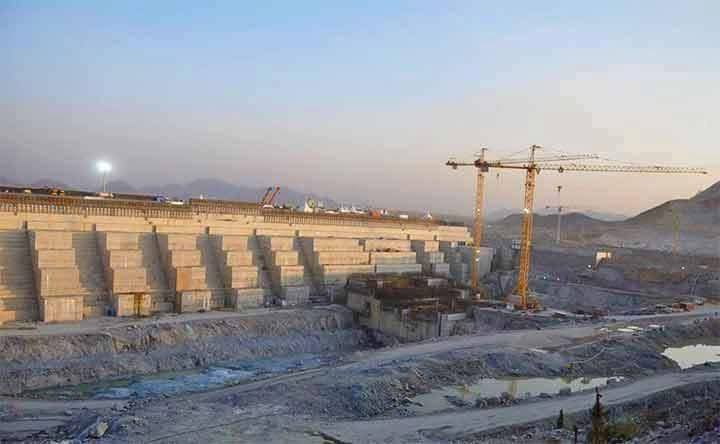
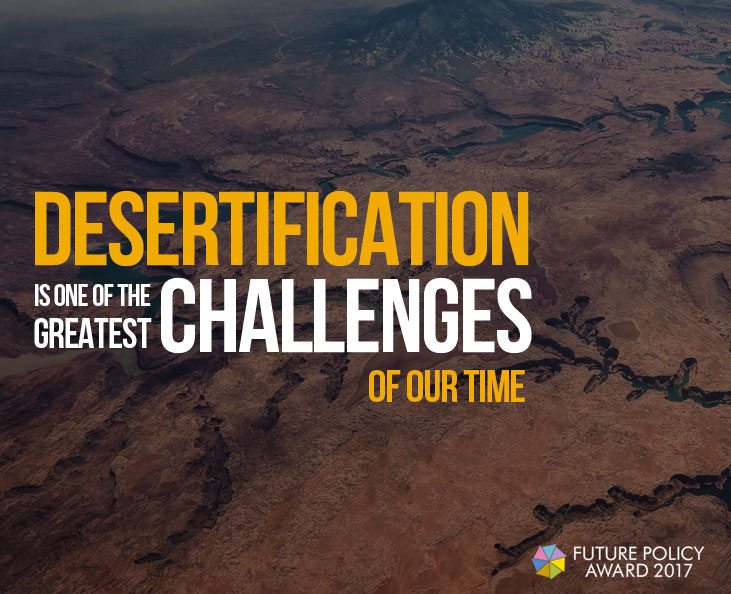
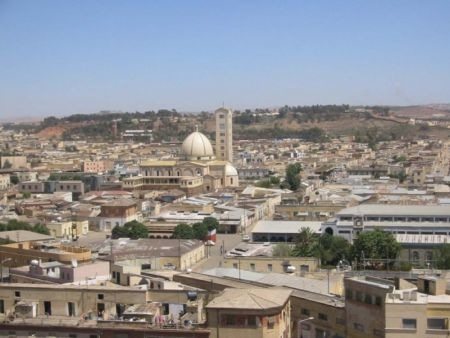
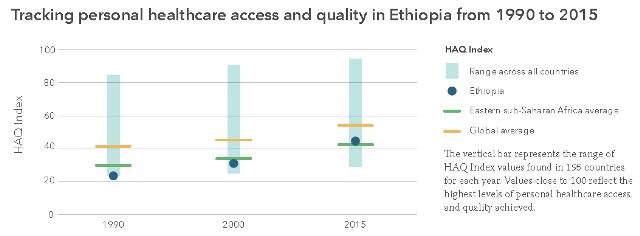
OK.
But you can subscribe using the button on the right side of the blog.
Keep in touch.
I would like regular update on mail
Leonard Moss